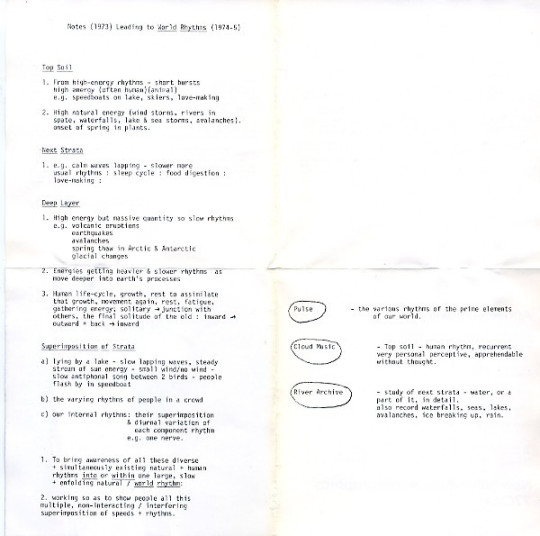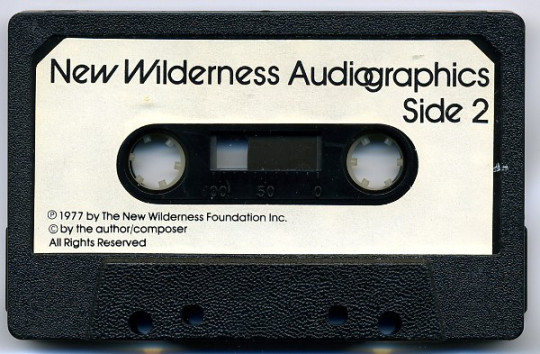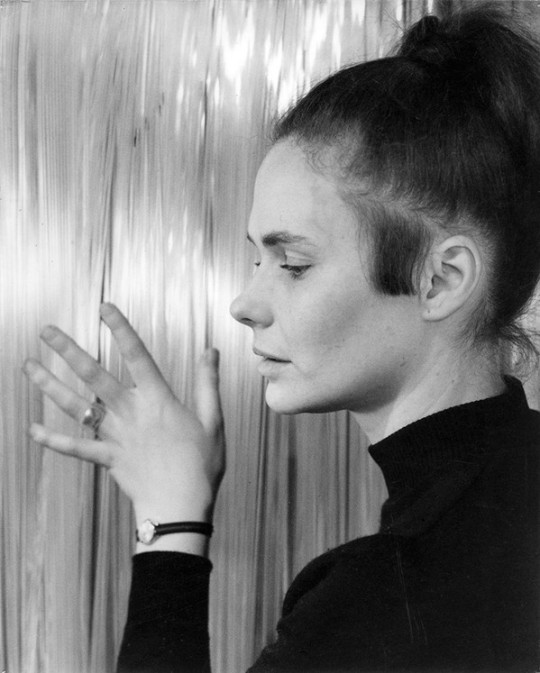#annea lockwood
Text
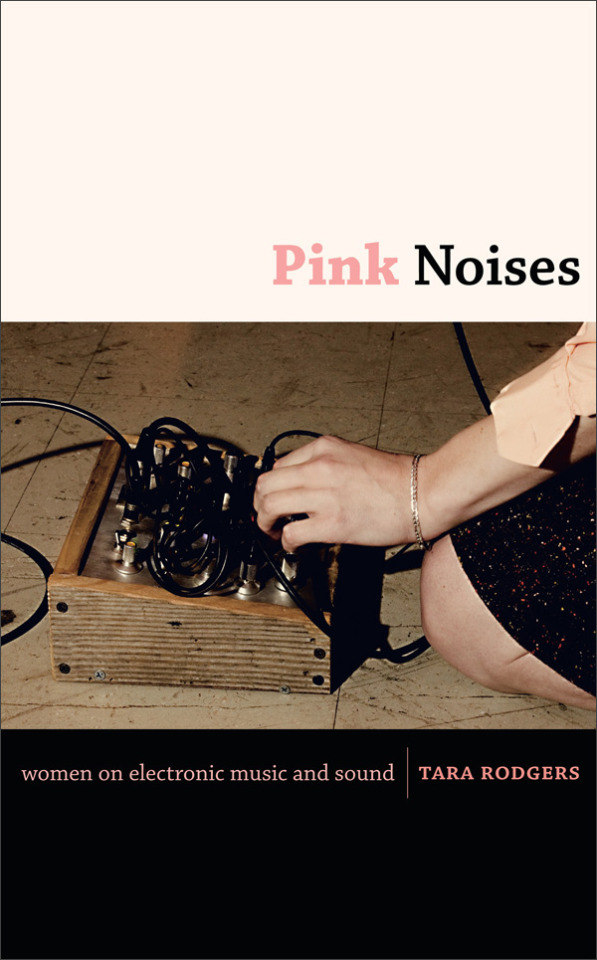
Pink Noises: Women on Electronic Music and Sound by Tara Rodgers
Get it from my Google Drive HERE
Pink Noises brings together twenty-four interviews with women in electronic music and sound cultures, including club and radio DJs, remixers, composers, improvisers, instrument builders, and installation and performance artists. The collection is an extension of Pinknoises.com, the critically-acclaimed website founded by musician and scholar Tara Rodgers in 2000 to promote women in electronic music and make information about music production more accessible to women and girls. That site featured interviews that Rodgers conducted with women artists, exploring their personal histories, their creative methods, and the roles of gender in their work. This book offers new and lengthier interviews, a critical introduction, and resources for further research and technological engagement.
Contemporary electronic music practices are illuminated through the stories of women artists of different generations and cultural backgrounds. They include the creators of ambient soundscapes, “performance novels,” sound sculptures, and custom software, as well as the developer of the Deep Listening philosophy and the founders of the Liquid Sound Lounge radio show and the monthly Basement Bhangra parties in New York. These and many other artists open up about topics such as their conflicted relationships to formal music training and mainstream media representations of women in electronic music. They discuss using sound to work creatively with structures of time and space, and voice and language; challenge distinctions of nature and culture; question norms of technological practice; and balance their needs for productive solitude with collaboration and community. Whether designing and building modular synthesizers with analog circuits or performing with a wearable apparatus that translates muscle movements into electronic sound, these artists expand notions of who and what counts in matters of invention, production, and noisemaking. Pink Noises is a powerful testimony to the presence and vitality of women in electronic music cultures, and to the relevance of sound to feminist concerns.
Interviewees: Maria Chavez, Beth Coleman (M. Singe), Antye Greie (AGF), Jeannie Hopper, Bevin Kelley (Blevin Blectum), Christina Kubisch, Le Tigre, Annea Lockwood, Giulia Loli (DJ Mutamassik), Rekha Malhotra (DJ Rekha), Riz Maslen (Neotropic), Kaffe Matthews, Susan Morabito, Ikue Mori, Pauline Oliveros, Pamela Z, Chantal Passamonte (Mira Calix), Maggi Payne, Eliane Radigue, Jessica Rylan, Carla Scaletti, Laetitia Sonami, Bev Stanton (Arthur Loves Plastic), Keiko Uenishi (o.blaat)
#book#tara rodgers#annea lockwood#pamela z#le tigre#ikue mori#Pauline Oliveros#Pink Noises: Women on Electronic Music and Sound
392 notes
·
View notes
Text
Ruth Anderson / Annea Lockwood—Tête-à-Tête (Ergot)

There’s power in intimacy, and Tête-à-Tête is a powerfully affecting album. It’s a call and response across nearly half a century, from one lover to another, trading the same essential material. Annea Lockwood first met Ruth Anderson in 1973 about a job. Anderson was a composer and the professor in charge of Hunter College’s electronic music studio, which Lockwood took over for nine months so that Anderson could go on a sabbatical. They instantly fell for each other, and connected throughout Anderson’s time off by daily telephone calls, which she recorded and then edited into a tape piece, “Conversations,” which she gave to Lockwood as a gift.
“Conversations” opens with a snatch of a rickety piano negotiating some corny old song. It ends, and one of the women clears her throat, starting a dialogue of coos, questions, greetings, partings, monosyllabic interjections and hearty, life-affirming laughter. The participants’ shared affection is naked and giddy, the way new love can be, and their exchanges are simultaneously very private and quite universal; if you’ve ever felt this way, you’ll hear a bit of yourself in their them. But it’s also a work of carefully considered composition; Anderson had to sift through months of recordings and sequence them just so in order to make this stuff register as something other than a souvenir, even though that’s exactly what it was for 46 years. Preserved on cassette, it stayed between them until after Anderson’s death in 2019, when Lockwood listened to “Conversations” and decided to make a response.
“For Ruth” contains some of the same raw material. Lockwood has kept some of the voices, ditched the piano, added sustained notes by an operatic singer and woven them into field recordings taken from a bird sanctuary and various bodies of water that were dear to both of them. The fragments of speech are now rare fragments amid the honking of waterfowl and the trickle of streams. The piece is calm, like a memory of a good thing that’s gone but still gives comfort. Old love salutes young love.
The album also includes “Resolutions,” a purely electronic composition from 1984. It’s made of slowly descending pitches, which slowly wobble and settle into nothingness like a raw and hasty Eliane Radigue piece. It sounds profoundly dissimilar from the rest of the record, but makes sense on a conceptual level, since it reflects another ending, since it was the last piece of electronic music that Anderson ever finished.
Bill Meyer
#ruth anderson#annea lockwood#tete a tete#ergot#bill meyer#albumreview#dusted magazine#LGBTQ+#electronic music#laughter#Bandcamp
17 notes
·
View notes
Text
youtube
annea lockwood -- mini mobile
7 notes
·
View notes
Text
youtube
Annea Lockwood – For Ruth
Tête-à-tête
4 notes
·
View notes
Photo
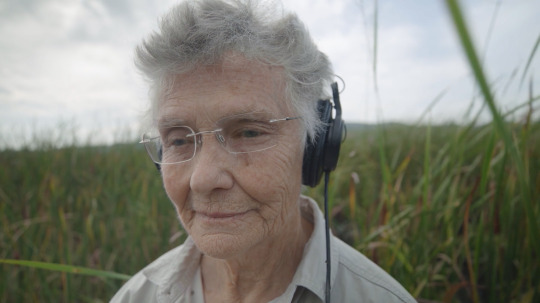


“It’s centrally important to me that I find a way to draw people’s whole beings inside the sounds that I’m giving them... To draw people right inside the river, not only because the body is nourished—I think our bodies and minds are nourished by water sound—but I began to feel that you’re able to move your whole body inside a sound, you’re making a very direct connection to the phenomena which is creating that sound. And that the depth of our sense of connection to the environmental world is crucial. I’ve been thinking, more and more, that sound is a wonderful medium to which to come to a sense of that connectivity between us and the rest of the world.”
- Annea Lockwood in Annea Lockwood: A Film About Listening (Sam Green, 2021)
24 notes
·
View notes
Photo
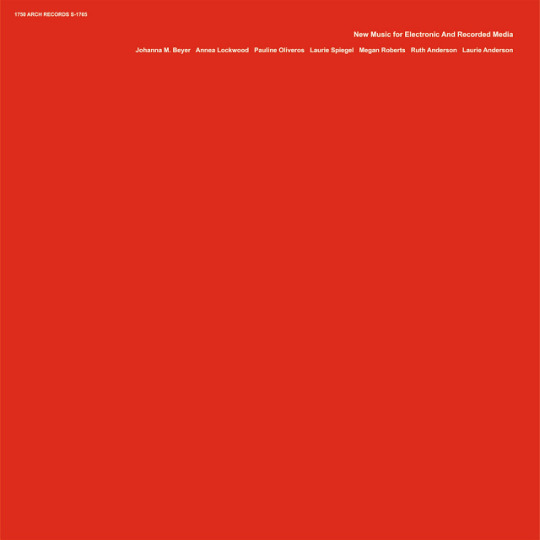
Various artists, New Music for Electronic and Recorded Media (Arch Records, 1977).
#music#electronic music#album#Laurie Anderson#Ruth Anderson#Johanna M. Beyer#Annea Lockwood#Pauline Oliveros#Megan Roberts#Laurie Spiegel#New Music for Electronic and Recorded Media#USA#1977
49 notes
·
View notes
Text

Ruth Anderson & Annea Lockwood - Tête-à-tête
Ruth Anderson and Annea Lockwood were two of the great figures in experimental music. Anderson's interest in meditative music and tape manipulation blended well with Lockwood's specialties of field recording and process music. the two hit it off well and what ensued was a fifty year creative and romantic relationship. Tête-à-tête is Annea Lockwood's tribute to her late partner.
The first track is Resolution, one of Ruth Anderson's last electronic composition. the seventeen minute track starts with a pure tone at an octave above middle C and descends to sub bass levels at the slowest imaginable pace. It is meant as a meditative piece and, in the context of this album, represents Ruth Anderson on her own as a solo artist.
Conversations is the centerpiece to the album. It is a sound collage of telephone calls that the pair shared in the early days of their relationship. It was originally made as a gift from Anderson to Lockwood and hasn't been released in full until now. the snippets start out as mostly awkward umms and ahhs interspersed with distorted segments of old love songs. as the composition continues it enters a section filled with playful giggles and by the end of the piece it contains affirmations of love between the two women. While sound collage may be very offputting to most, it is still undeniably adorable that Anderson made this tribute to her relationship.
Finally an Annea Lockwood original piece, For Ruth, that serves as a response to the previous Conversations. Lockwood uses further snippets of those old phone conversations as well as field recordings taken at the site of Ruth's grave and the town where she lived during the recording of the phone calls from Conversation. As a final tribute to her long time partner Annea Lockwood synthesizes the field recordings that are her specialty with the tape manipulation tactics of her late lover.
This isn't an album that most people are going to easily enjoy. It is musical in a way that only freaks like me can enjoy, and it's existence is wrapped up in knowing about two moderately well known composer's personal lives. hopefully I have at least tugged on your heartstrings and maybe made you curious about the processes involved in the music of these two icons if not actually that interested in the music itself.
#audrey reviews#ruth anderson#annea lockwood#field recording#experimental music#tape music#lesbians#i know imma catch yall with elderly lesbians and lose you with tape music lmao#Bandcamp
0 notes
Text
"[Ruth] Anderson thereafter largely abandoned acoustic instruments and devoted herself to electronics. Her work in the medium balances intelligence and intuition, distinguishing it from that of contemporaries like Milton Babbitt, James Tenney, and Kenneth Gaburo, who used technology to create music that was too fast, too dense, too precise for the human apparatus alone—a kind of alien sound. Though carefully constructed, Anderson’s pieces do not make their complexity obvious. She gives the material room to breathe, slowing the tape to a human speed and often using the human voice. One image or idea follows another, as in a conversation. Rarely are two sounds the same; repetition, she seemed to suggest, is a poor substitute for evolution."
More at the link.
0 notes
Photo

Seen in 2023:
32 Sounds (Sam Green), 2022
1 note
·
View note
Text
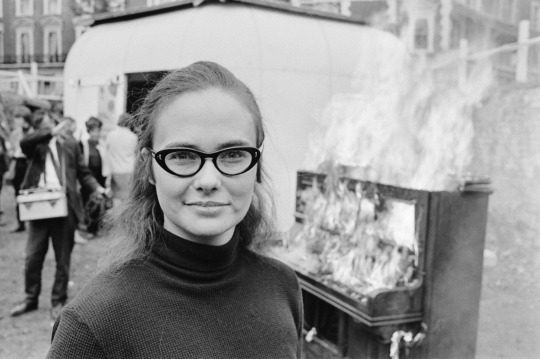
Annea Lockwood
162 notes
·
View notes
Text
i'm being extremely pedantic and finicky in getting annoyed about this, but i do really hate when people tag performance art scores as '#poetry'. because while they are often poetic, they are an entirely separate art form with a rich history. especially when it comes to women's performance art scores.
#saying this having recently taken a university module on performance art and submitting several pieces about women's PA scores#if anyone would like I'd be very happy to send you a pdf of 'women's work' ed. alison knowles and annea lockwood#bc in my opinion it's the best resource for / collection of women's performance art scores
6 notes
·
View notes


